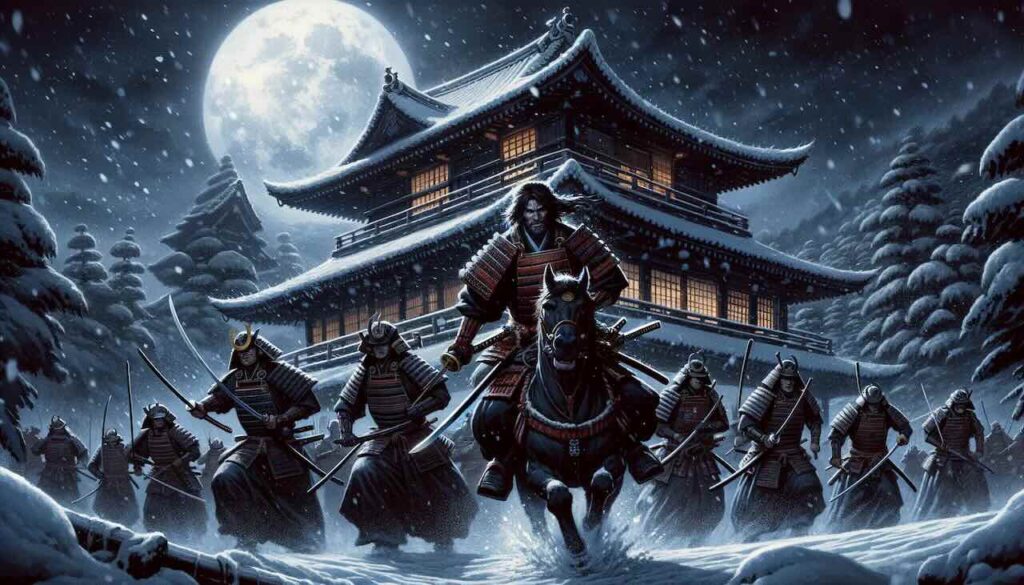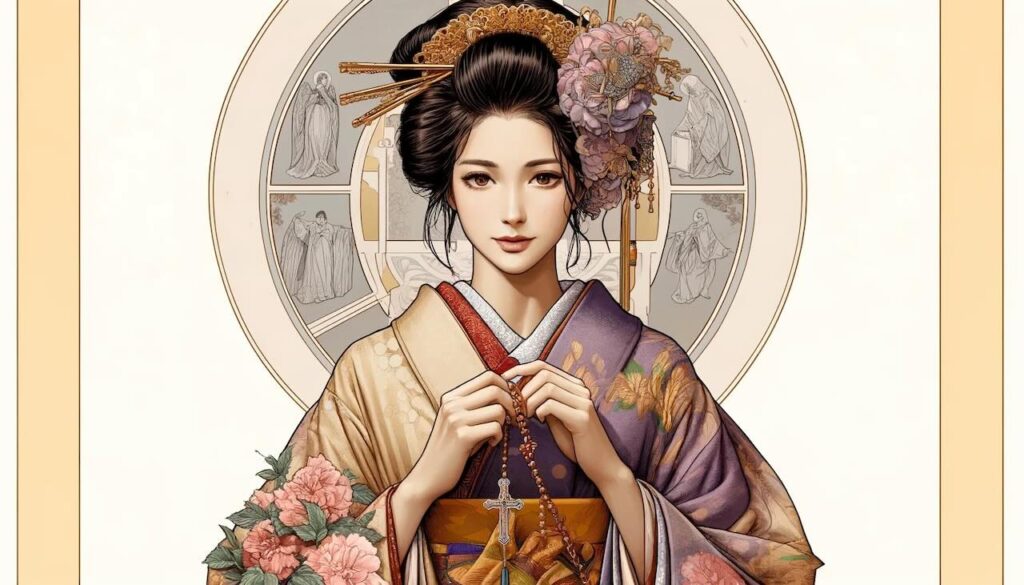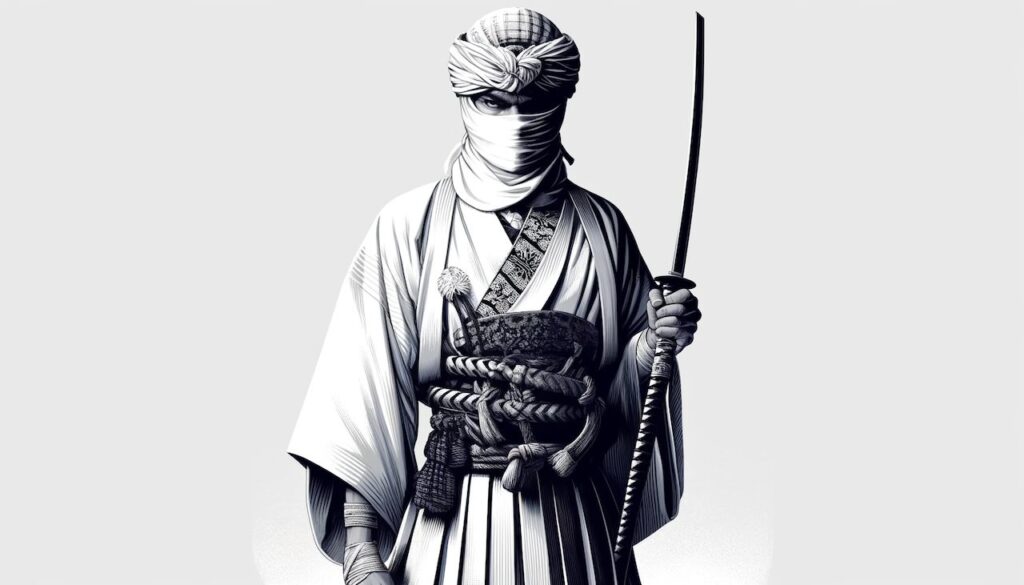Among all the stories in Japanese history, few have captured the imagination of generations as powerfully as the tale of the 47 Ronin, also known as the Ako Incident. This true story, which took place during Japan’s Edo period, has become an enduring symbol of loyalty, honor, and the strict moral code of the samurai known as bushidō.
More than 300 years later, the 47 Ronin remain cultural icons, embodying the ideals that have long defined Japan’s warrior ethos and sense of duty.
The Spark: Lord Asano’s Conflict with Kira
The story begins in 1701, when Lord Asano Naganori, daimyo (feudal lord) of Ako domain, was appointed to serve in ceremonial duties at Edo Castle. There, he came into conflict with a powerful court official named Kira Yoshinaka (Kira Kozuke-no-suke), who was responsible for instructing the lords on court etiquette.
The reasons for their animosity remain debated — some accounts suggest Kira demanded bribes or disrespected Lord Asano, while others portray a clash of personalities and pride. Eventually, tensions escalated until Asano drew his sword inside Edo Castle and attacked Kira. Although Kira survived with only minor wounds, drawing a weapon inside the Shogun’s castle was a grave offense.
As punishment, Lord Asano was ordered to commit seppuku (ritual suicide), and his lands and titles were confiscated. This left his retainers without a master, turning them into ronin (masterless samurai).
Oishi Kuranosuke and the Vow of Revenge
While most samurai would have disbanded or sought new masters, a core group of Asano’s former retainers, led by Oishi Kuranosuke, secretly vowed to avenge their lord’s death. Bound by bushidō — the way of the warrior — they believed Kira’s offense had not been properly punished and that justice demanded retribution.
However, the Shogunate strictly forbade acts of revenge, and Kira remained heavily guarded, suspecting possible retaliation. For nearly two years, the ronin scattered and lived under the guise of ordinary townsmen, carefully concealing their plans while waiting for Kira’s guard to relax.
The Night Attack: Fulfilling Their Oath
On a snowy night in December 1702, after nearly two years of preparation, the 47 Ronin launched their carefully coordinated attack on Kira’s mansion in Edo. With precision and discipline, they overcame Kira’s guards, found him hiding, and executed him. Kira’s severed head was then taken to Sengaku-ji Temple, where Lord Asano was buried.
There, they offered Kira’s head at their master’s grave, fulfilling their vow and restoring their lord’s honor.
The Aftermath: Seppuku and Immortal Fame
After completing their mission, the 47 Ronin voluntarily surrendered to the authorities. Their actions presented a dilemma for the Tokugawa Shogunate, which needed to balance the rule of law with the public’s overwhelming admiration for the ronin’s loyalty.
In the end, the Shogunate allowed them to die honorably by seppuku rather than execute them as criminals. On February 4, 1703, all 47 Ronin committed ritual suicide, preserving their dignity and solidifying their place in Japanese history.
Their graves remain at Sengaku-ji Temple in Tokyo, which has since become a pilgrimage site for those who wish to pay tribute to their loyalty and sacrifice.
The Legacy of the 47 Ronin: A Symbol of Bushidō
The tale of the 47 Ronin transcends mere revenge; it represents core Japanese values of:
- Loyalty to one’s master (chūgi)
- Personal sacrifice in pursuit of duty
- Honor above personal survival
- Adherence to bushidō even in the face of death
This story has been retold countless times in Japanese literature, kabuki theater, film, novels, and even internationally. It remains one of the most enduring cultural narratives that foreigners often encounter when studying Japanese history.
The 47 Ronin continue to inspire not only as warriors but as individuals who embodied an extreme — and deeply respected — form of ethical conduct that shaped Japanese identity for centuries.
Conclusion: A Tale That Still Resonates
More than three centuries later, the story of the 47 Ronin continues to captivate audiences worldwide. It remains a profound example of how honor, loyalty, and moral conviction can endure even when faced with impossible choices.
In Japan, the memory of their sacrifice is not simply a tale of vengeance — it is a timeless reflection of values that continue to influence Japanese culture and society to this day.


